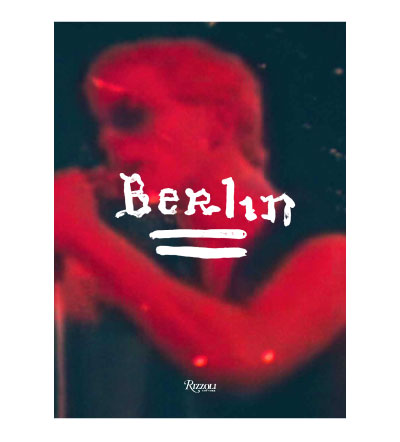West Berlin was ripe with glam rock, urban blight, and Baader-Meinhof terrorists in the 1970s. A walled city cut off from the West, its inhabitants simmered in a pressure cooker of art, drugs, and leftist politics, so it’s no surprise the place captured Lou Reed’s imagination. Back then, he had never set foot in Berlin, but the city became his muse for a while; its dilapidated post-war rubble, drug-fueled dysfunction, and the massive concrete wall that ran through its heart inspired a story. Except for Reed, the story was about the walls that come between people or, more specifically, couples.
The Berlin in Reed’s mind took on operatic proportions, as did the album he named for the city, which chronicles the rise and fall of a love affair, and the requisite drugs, domestic abuse, sex, and suicide you can expect from the patron saint of the underground. Over the course of Berlin’s ten songs, things go from bad to worse for the narrator as his love, Caroline, does too many drugs, goes a little nuts, and tries to kill herself.
When Berlin was released in 1973, it achieved zero critical success, but thirty-three years later its moment arrived. Reed’s homage to dysfunctional love and self-destruction finally got its due in 2006 when he performed the album in its entirety with a thirty-five-piece ensemble at a warehouse in Brooklyn. Artist/filmmaker Julian Schnabel captured it all on film, and now Rizzoli has captured the film in a book.







 Facebook
Facebook Permalink
Permalink Digg
Digg Reddit
Reddit LinkedIn
LinkedIn StumbleUpon
StumbleUpon Tumblr
Tumblr
